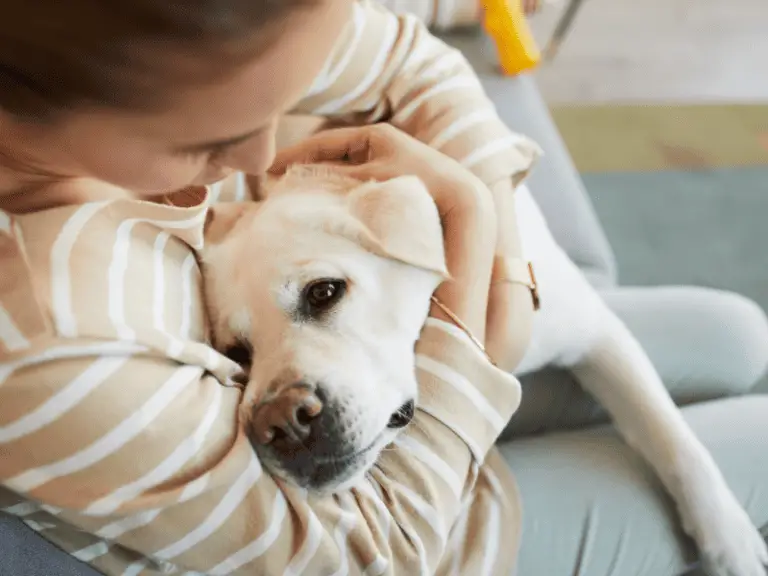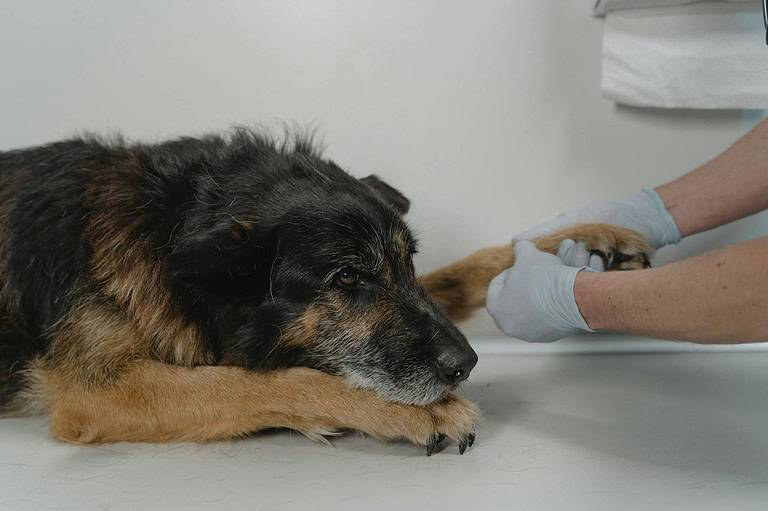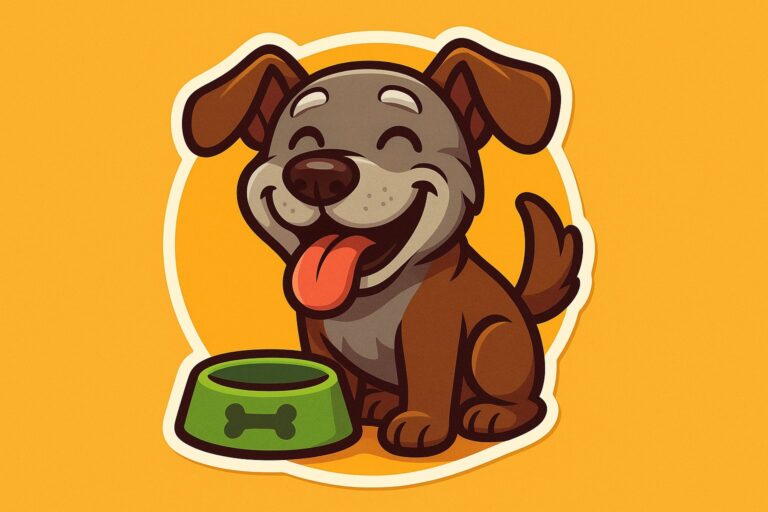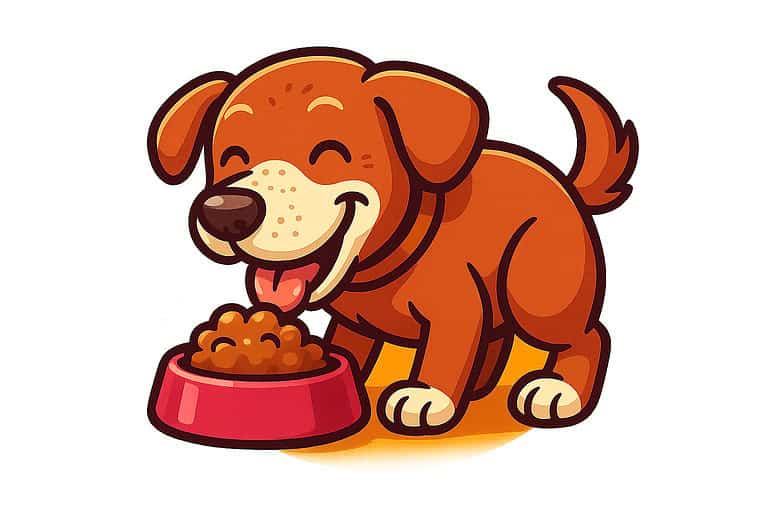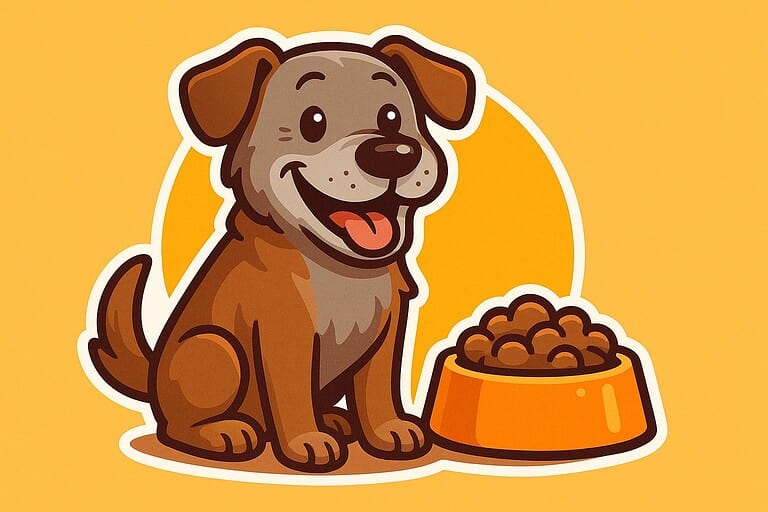12 Rituals That Benefit Your Senior Dog’s Mind
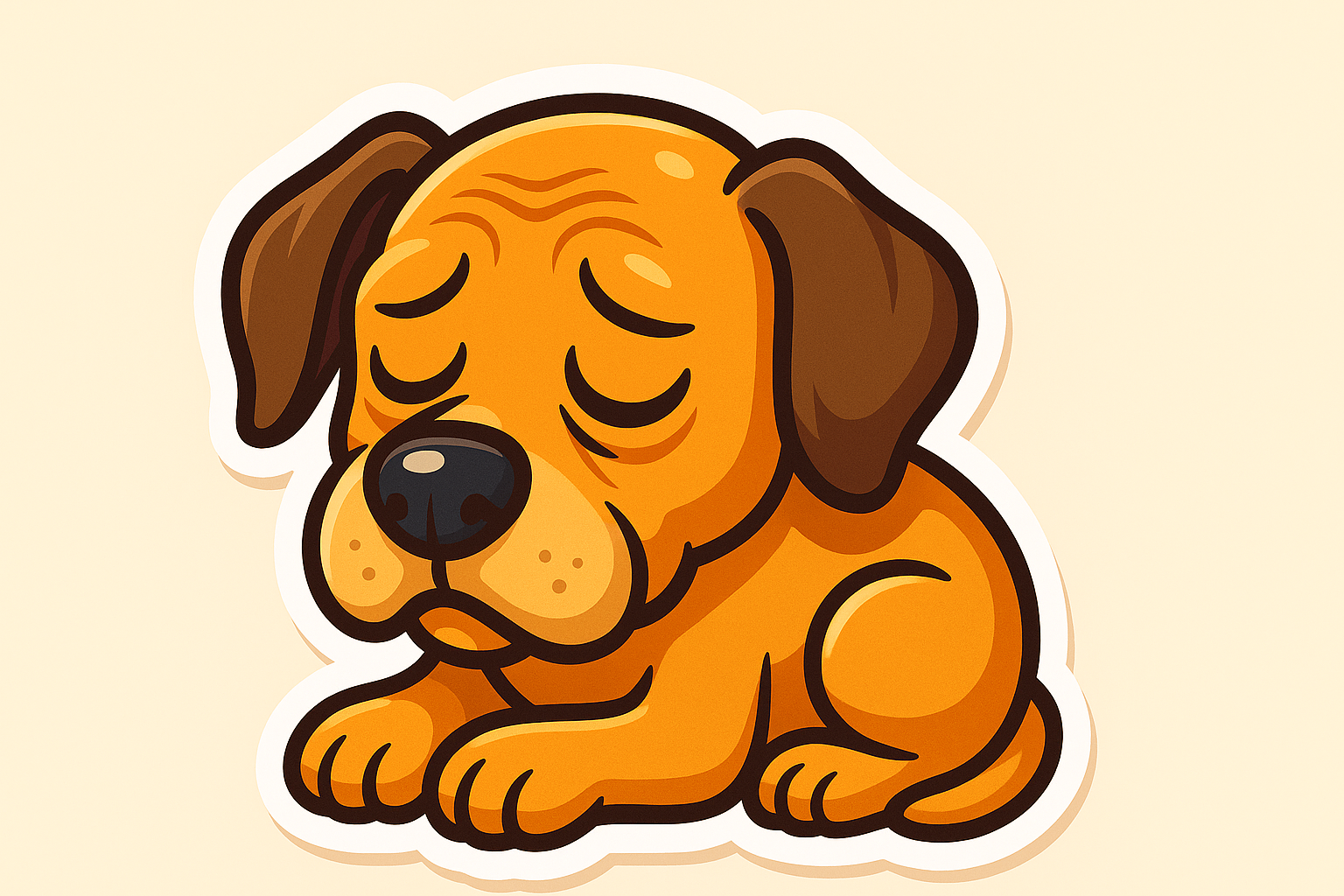
Older dogs really do need more attention and care so they stay mentally sharp well into their golden years. Your loyal companion has experienced so much with you over the years. Now it is time to give something back.
Regular rituals help your senior dog stay mentally active and noticeably boost his well-being. With a few simple daily habits, you can truly enrich your older four-legged friend’s life.
These mental exercises and rituals not only strengthen your bond, they can also slow signs of aging. Many dog owners report positive changes in their older dogs after a short time.
1) Set walk schedule at the same time of day for consistency
Older dogs are attached to routines. A regular walk at the same time each day gives your dog a sense of safety and structure.
Often you will see your dog looking expectantly at the leash before the usual walk time or hanging out near the door. That anticipation keeps his mind alert.
Plan set times, maybe at 8 a.m. and again at 7 p.m. Your old friend will love being able to count on those times.
Even if your senior cannot walk as far as he used to, the consistency matters more than the length of the walk. Short but reliable loops are great for his mood.
A set routine also supports digestion. A healthy sleep wake cycle often falls into place on its own.
2) Gentle nose work, for example hide-and-seek with treats
Your older dog’s nose remains his strongest sense. Even if he has slowed down, sniffing work keeps him mentally active.
Hide small treats around the house and let him search. You can start very simply, under a towel or behind a chair.
It is fun to watch your dog happily put his nose to work. This activity challenges his brain without overtaxing him physically.
For experienced sniffers, special snuffle mats or boxes are a great option. They add extra challenge and stretch out the fun.
Adjust the difficulty to your senior’s abilities. Reward him with praise and make the search games a regular ritual.
Sniffing games promote mental fitness and strengthen your bond. Your dog will savor this time with you.
3) Short quiet breaks together with gentle petting
Your old dog needs more breaks than he used to. Give yourselves quiet moments each day where you simply spend time together.
These quiet moments together strengthen your bond and have a calming effect on his mind.
Choose a peaceful spot where your dog feels comfortable. Maybe it is his favorite pillow or a soft blanket next to you on the couch.
Pet your dog gently and notice what he likes. Some enjoy soft touches on the head, others prefer a light back massage.
Keep these moments short but regular, five to ten minutes is often enough. Your dog will look forward to these little time-outs.
Speak calmly to your dog while you are together. Your voice conveys safety and deepens the sense of closeness. These small rituals are good for both of you.
4) Feeding rituals with familiar routine and trusted food
Regular feeding times give your older dog a sense of security. Keep the times as steady as possible, your dog is counting on them.
A fixed feeding spot creates comfort. Your dog knows exactly where food appears, which is especially soothing in old age.
Stick with food that your dog tolerates well. Avoid sudden changes so the digestive system does not rebel.
Make feeding its own little ritual. Maybe you always say a phrase or pet him after he eats, those familiar steps just feel good.
You can also offer the food in a treat ball or as part of a search game sometimes. That engages his mind and adds variety without being too much.
5) Company during everyday routines, for example while reading the newspaper
Your old dog enjoys being with you, even during everyday things. When you read the newspaper, invite him to lie next to you.
This routine gives your dog a sense of safety. Talk to him quietly while you read, he will find your voice and closeness soothing.
Stroke his head or back now and then. It promotes his well-being and helps him feel included.
Make sure your dog is comfortable, a soft pillow beside your armchair is perfect. Over time, this quiet hour becomes a true ritual.
Dogs appreciate moments like these even more as they age. They do not always need action, your calm presence is often enough.
6) Set play times with age-appropriate, soft toys
Older dogs need play sessions too in order to stay mentally fit. Schedule short, set play times each day to add structure for your dog.
Choose soft, lightweight toys. Plush toys or soft rubber toys are ideal and gentle on teeth and joints.
Watch closely how your dog responds during play. If he gets tired or seems uncomfortable, take a break.
Rotate toys to stimulate his mind. Different textures and shapes keep him curious.
Combine play with light search or sniff tasks. For example, hide a toy for him to find with his nose.
7) Gentle massage after the walk to promote circulation
After a walk, your older dog is often pretty tired. His muscles can sometimes feel tense.
A gentle massage can really work wonders and boost his well-being. Start with small, circular movements along the back.
Keep the pressure gentle. Older dogs are more sensitive to touch. Many joints and muscles are simply not as resilient as they once were.
Massage stimulates circulation. That feels especially good for senior dogs.
Better circulation helps clear waste products from the muscles. That can ease discomfort.
Stroke your dog’s legs carefully, ideally from the paw upward. That helps the blood flow back toward the heart.
This technique can even reduce mild swelling. Notice how your dog responds.
Does he relax and enjoy it? Then you are on the right track.
If he seems restless or pulls away, ease up and take a break. Every dog is a bit different.
These quiet minutes also strengthen your bond. Your dog can tell you care and feels loved.
It definitely benefits his mental well-being.
8) Evening ritual: quiet cuddle time before bed
A set evening ritual gives your old dog a strong sense of security. Plan a calm cuddle time every night just for the two of you.
Older dogs especially enjoy this closeness at night. They feel safe and can end the day peacefully.
Sit comfortably on the floor or on the couch. Invite your dog to lie next to you.
Notice how he prefers to lie. Some dogs no longer enjoy certain touches as much.
Gently stroke his coat. Speak softly to him, calm and friendly.
This time is not only mentally good for your dog. It also strengthens your connection.
Keep the cuddling short, but make it regular. Ten to fifteen minutes is usually plenty.
Avoid abrupt movements or loud noises. The atmosphere should stay calm and relaxed.
Dim lighting makes it even cozier. Sometimes a small lamp is all you need.
9) Routine when putting away the food bowl: always the same procedure
Consistency gives your old dog stability in everyday life. A fixed routine helps especially around feeding.
Put the food bowl away the same way every time. After meals, it is best to remove the bowl at the same time and with the same motions.
Say a short „All done“ or „Thank you“ while you do it. That signals to your dog that the meal is over. With rituals like this, your dog settles more easily. He knows exactly what happens next.
Sometimes it helps to link cleanup with something positive. Maybe a quick pet or a short step outside.
This predictability reduces stress for your senior. He can accept you more easily as the reliable team leader.
10) Singing or speaking softly as a calming ritual
Older dogs respond strongly to your voice. Singing or speaking softly can be a truly lovely ritual for your dog.
Your dog has known your voice forever. It gives him safety and comfort. You do not need to be a great singer. Your dog does not care if you hit every note. What matters is that you are calm and friendly.
Try to build in the singing or talking at the same time each day. Your dog will look forward to that moment. Watch how he responds. Some dogs lean against you, others close their eyes in relaxation.
These small signs show you how much your voice helps him.
11) Physical exercises with adjusted intensity, for example gentle leg lifts
Older dogs need movement too, just adjusted to their age. Gentle exercises strengthen the muscles and stimulate the mind.
Careful leg lifts are especially suitable. Gently lift your dog’s leg and hold it for a few seconds.
Always watch how he feels during it. If he shows discomfort, stop right away.
Adapt the exercises to your dog. What was easy before can already be tiring now.
Start with a few repetitions and short holds. Better to increase slowly than to overdo it.
After each exercise your dog will appreciate praise or a small treat. That motivates him.
Short daily sessions work better than rare long workouts. This keeps your dog mobile without it being too much.
Gentle movement also does wonders for circulation. And honestly, a little activity together brings both of you joy.
12) Announce every new encounter with familiar words and gestures
Your old dog can become unsettled quickly by unexpected encounters with strangers or other animals. Give him confidence by announcing each new encounter with familiar rituals.
Use the same words and gestures each time. Maybe you gently stroke his head and quietly say, „Look who is coming.“
These recurring signals help your dog ease into new situations. Pay attention to his body language.
If your dog shows stress, give him more time and space. Older dogs especially often need longer to get used to new stimuli.
Reward calm behavior during new encounters with a treat or gentle praise. This reinforces positive experiences and helps him stay relaxed.
Your soothing voice is an important anchor for your dog. It tells him, „Everything is alright, I am with you.“

